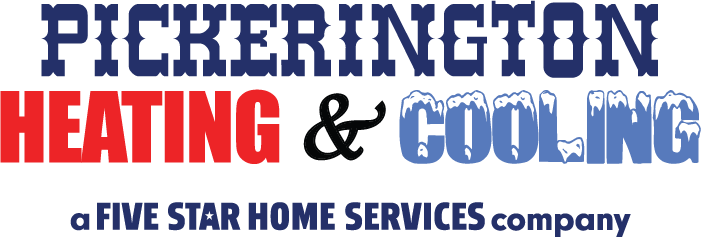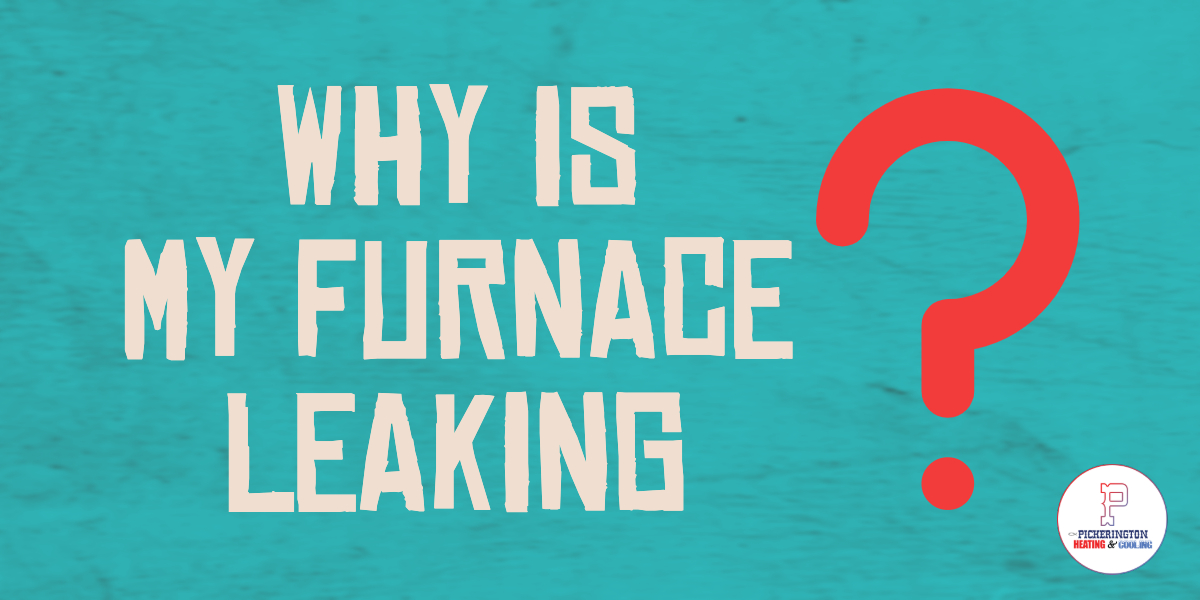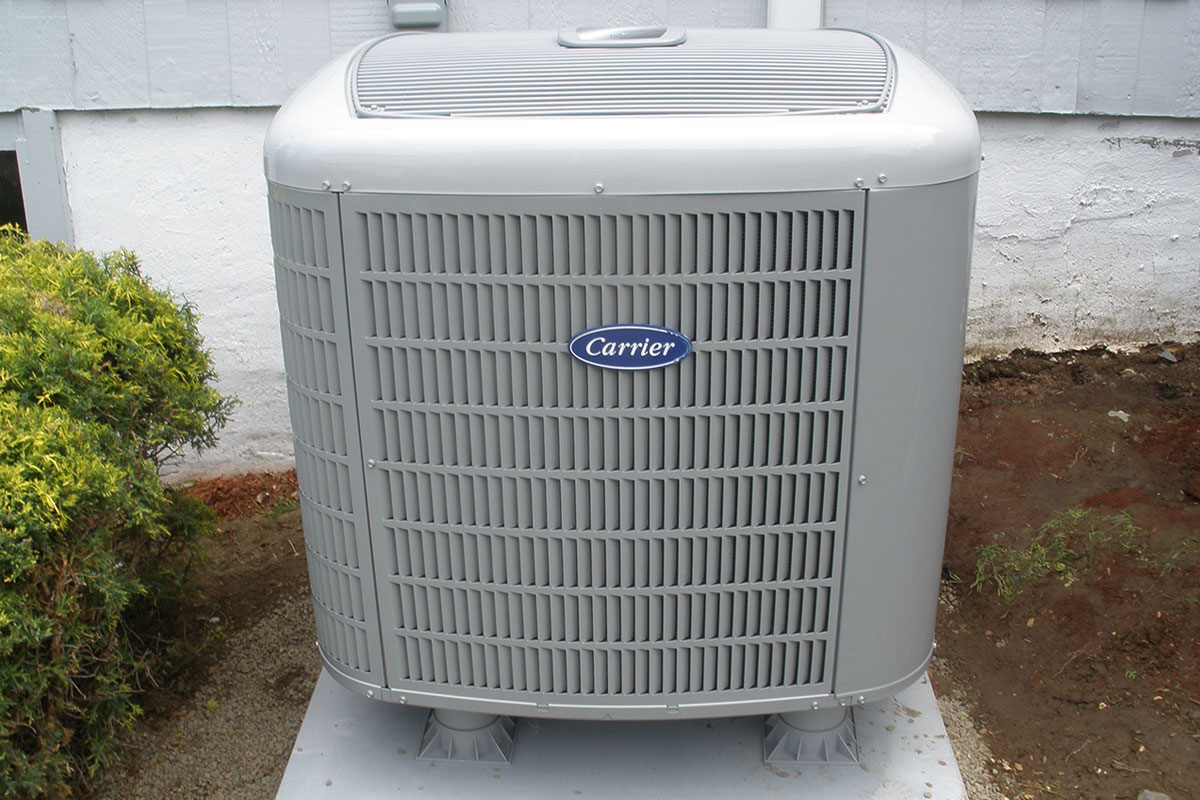The warm summer days are gone for another year and there is definitely a chill in the air. When you turn on your furnace for the first time this season, be sure to look things over carefully, particularly keeping an eye out for any water leakage. If you discover that your heating system is leaking you will need to deal with the problem right away, as leaking water can cause serious problems and ultimately lead to the replacement of your entire furnace. Some of the most common causes of a leaky furnace are listed below but don’t ever try to diagnose the problem yourself. Contact an HVAC technician immediately so that your heating system can avoid potential permanent damage.
All furnaces have a vent pipe to safely and easily remove condensed water from your heating unit. Basically, there are 2 types of furnaces: conventional and high efficiency. You can identify the type you have easily by looking at its vent pipe. A metal vent pipe indicates that you have a conventional furnace. A white PVC vent pipe indicates your furnace is a high-efficiency model. Each type of furnace may be leaking for different reasons. Let’s take a look:
Conventional Furnace
Your Furnace’s Humidifier May Be Leaking
If your furnace’s humidifier begins leaking into your heating system, it can result in major issues. The humidifier adds moisture to the heated air that is circulated throughout your house by your heating unit. You can tell if your furnace has a humidifier by looking for a small device with hookups for electricity, water, and drainage attached to the furnace. If the humidifier’s drain or filter becomes blocked, the water can enter your heating system and cause serious or permanent damage.
There May Be An Issue With The Vent Pipe
The main function of the vent pipe is to remove the gases that are produced as a result of your heating system’s combustion process before they cool down and condense. If the vent pipe is incorrectly designed, is the wrong size, or if it has little or no slope, then air will circulate inside it and prevent these gases from flowing out of the pipe properly. If
the gases remain inside the pipe, they will condense and the water will leak into other areas of your furnace, potentially causing serious damage.
High-Efficiency Furnace
A Simple Clog
If your high-efficiency furnace is leaking, the first thing you want to do is take a look at the drain cover or trap. This is where debris collects, which can cause water to become backed up. This is resolved easily enough with a shop vac.
Humidifier, Condensate Pump, or Drain Issues
High-efficiency furnaces have built-in humidifiers. If the humidifier becomes clogged or develops a leak, this can pose problems for your system. Since the humidifier, drain line, and water feed tube are all located on the outside of the casing, it is very easy to check for blockage or clogs. If this is found to be the issue, you should not try to remove them yourself. Contact an HVAC professional right away.
The condensate drain is your furnace’s primary way of removing excess water buildup. The drain tube is directly connected from your furnace to the floor, where water can be safely carried away from your heating system. If the condensate drain becomes clogged, the excess water buildup has nowhere to go. This causes it to fill the drain and reach the condenser pipe, resulting in an overflow into your furnace.
In older homes, the furnace’s drain tube is run from the furnace to a floor drain. Newer homes may not have floor drains, so a condensate pump is attached to the furnace and a drain line is installed. This line runs to the closest drain in order to remove the water from the condenser pipe. If the condensate pump becomes clogged, the water has no avenue out of the drain tube and can back up into your furnace.
An HVAC technician is needed to correctly assess these situations and determine the steps that need to be taken in order to keep your furnace running safely and efficiently. The technician can also assess any damage and repair work that may need to be done. If the situation has gone on for an extended period of time, then there is the possibility that you may have to replace your furnace. This type of damage can most often be prevented by having an annual inspection of your HVAC system by a trained professional. The inspection should be done prior to turning on your furnace for the winter.
For any of these issues, an HVAC repair technician will be needed to properly assess the problem and any resulting damage and make the necessary repairs. Pickerington Heating and Cooling will perform a full inspection of your entire HVAC system as well as a thorough cleaning to ensure that there are no issues that will affect your furnace’s performance throughout the cold winter months. Give us a call at 614-837-4026 or visit our website at www.pickheat.com.









